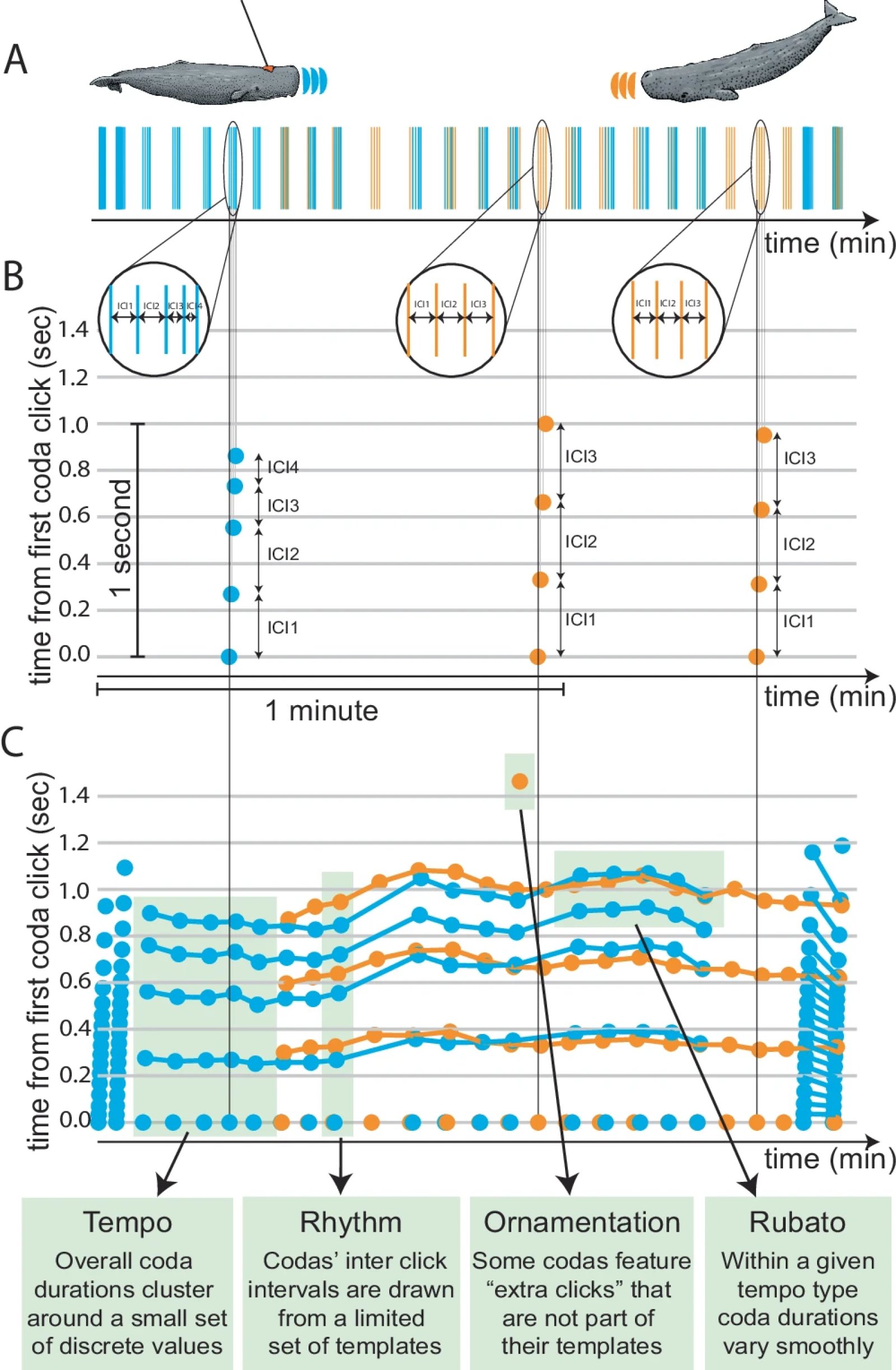Sperm whales indeed have a structured language, and it has been decoded
Follow us on Google News (click on ☆)

Credit: Alex Shipps/MIT CSAIL
The research analyzed thousands of codas — short clicks emitted by sperm whales — to reveal a sophisticated and contextual structure. Data collected from sperm whale families in the Eastern Caribbean uncovered that these communications are neither random nor simplistic.
Using acoustic tags called "D-tags" and advanced visualization techniques, the researchers identified a sort of phonetic alphabet, where various elements such as rhythm, tempo, rubato, and ornamentation combine to create a vast range of distinct codas.
The results show that sperm whales systematically modulate certain aspects of their codas based on conversational context. Future research aims to decode the meaning of these communications and explore correlations between what is said and group actions.
"Our findings indicate the presence of structured informational content and challenge the belief that complex communication is unique to humans," says Daniela Rus. "Our next steps aim to decode the meaning of these communications and explore societal correlations between what is said and group actions."

Sperm whales communicate by producing sequences of clicks.
(A) Shows a two-minute exchange between two sperm whales (with clicks visualized in blue and orange, respectively) from the Dominica sperm whale dataset.
(B) Projects the clicks onto a time-time plot, where the horizontal axis tracks the time of the exchange at which a click occurs, and the vertical axis represents the time of the click from the first click in the coda. The vertical axis serves as a microscope on the horizontal axis, revealing the internal structure of each coda.
(C) Displays a time-time visualization for the entire two-minute exchange (with lines linking corresponding clicks between adjacent codas), revealing complex and context-dependent variation in coda structure.
Sperm whales, endowed with the largest brain in the animal kingdom, exhibit social behaviors that necessitate elaborate communication, especially in deep-sea hunting environments. This research paves the way for understanding complex communication systems and could offer new perspectives on interspecies interactions and even communication with potential extraterrestrial civilizations.